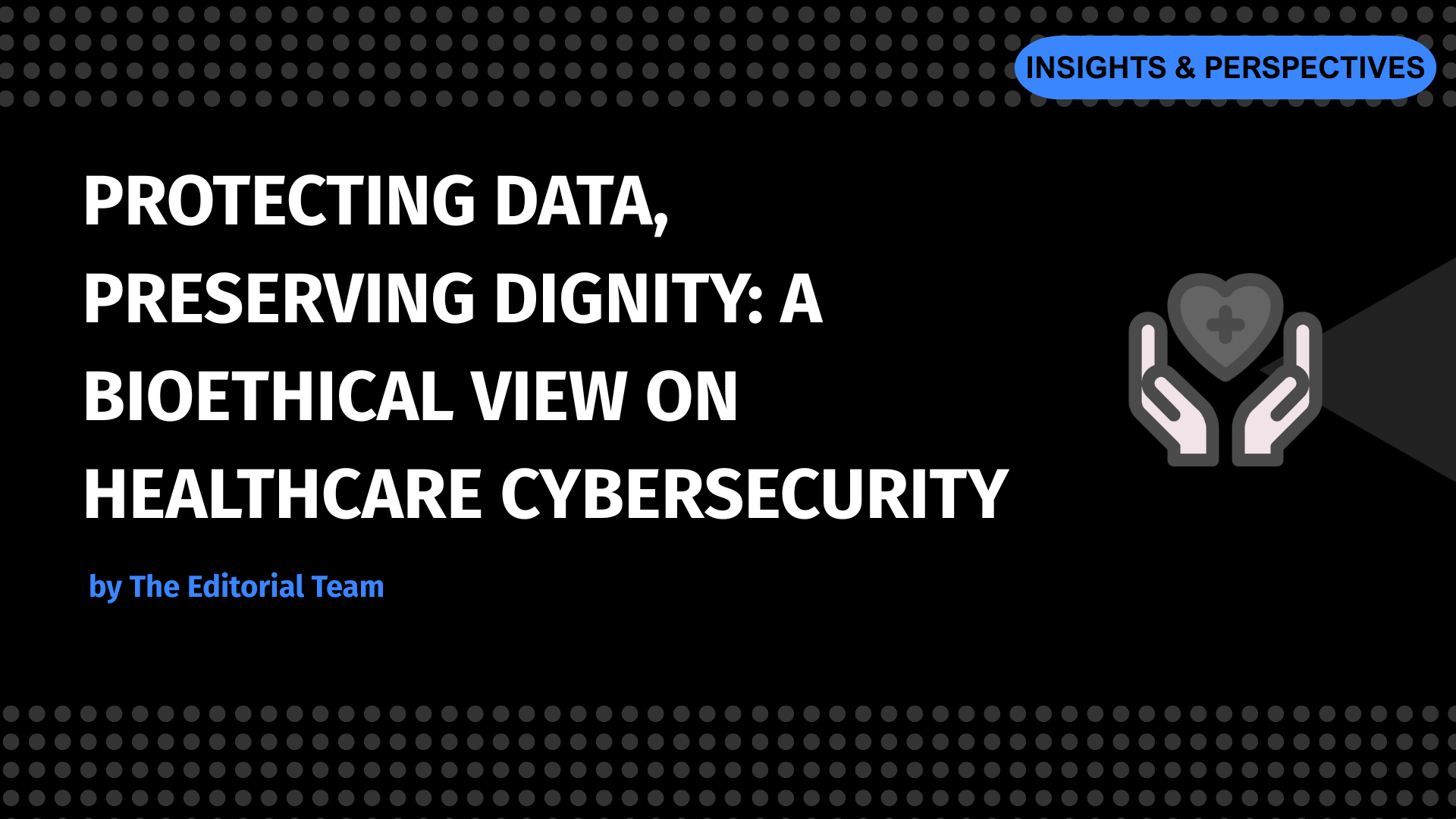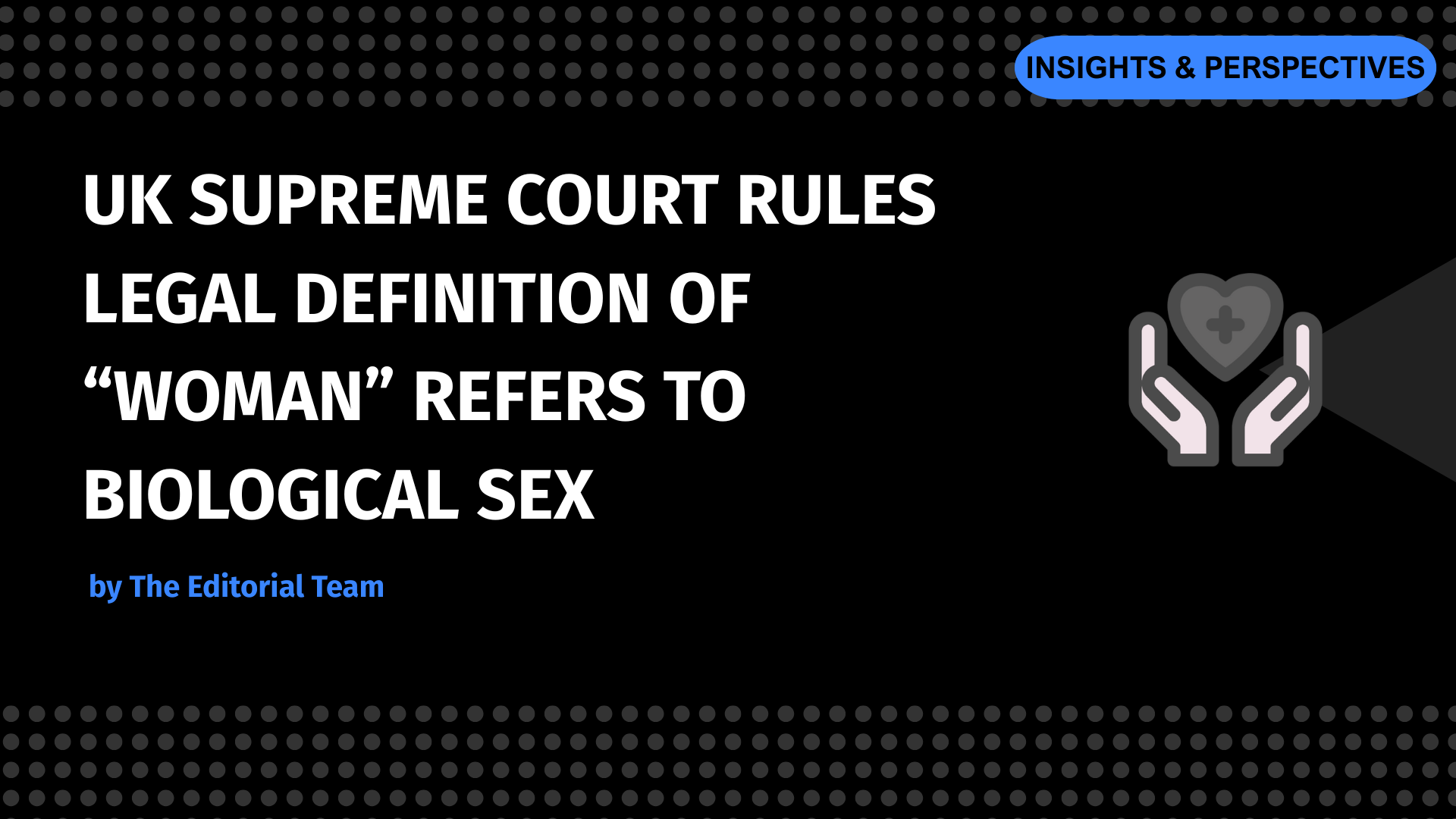
On April 16, 2025, the United Kingdom’s Supreme Court gave an important ruling that changed how the word “woman” is understood in public policy, equality laws, and everyday discussions. Five justices in the case of For Women Scotland v The Scottish Ministers agreed that the Equality Act 2010 (EA) defines “woman” and “sex” based on biological sex. This means it refers to the sex someone is born with, not the gender they identify as.
The ruling does not change the law itself but offers a clear interpretation with widespread effects. The case focused on the relationship between the 2010 Equality Act and the 2004 Gender Recognition Act. However, the decision touches on more than just legal definitions. It highlights conflicts in UK law over gender identity biological sex, and transgender rights in areas like single-sex spaces public boards, and society in general.
This piece looks at what the situation was like before the ruling, the case’s legal basis why the ruling was made, the important shifts it brings, and the opposing views and outcomes that have followed.
Before the Supreme Court Ruling
Before this ruling, UK law used overlapping ideas of sex and gender that could conflict. The Gender Recognition Act 2004 let individuals go through a legal process to get a Gender Recognition Certificate, which gave them legal recognition in their new gender. Section 9(1) of the Act said that once someone gets a GRC, their sex “becomes for all purposes” the new one. The law allowed a male or female option and changed the person’s birth certificate to match.
At the same time, the Equality Act 2010 put “sex” and “gender reassignment” into a group of nine protected characteristics. Lawmakers created the act to bring together and make clearer older anti-discrimination laws, like the Sex Discrimination Act 1975. However, the act did not say if “sex” referred to biological sex alone or also to a person’s acquired gender under a GRC. This lack of clarity gave room for different interpretations over the years. These varied depending on the situation, like in jobs, services, or public roles.
Government and institutional advice changed over time. In 2011, the Equality and Human Rights Commission responsible for enforcing the EA, advised service providers to treat trans individuals based on their gender identity, no matter their GRC status. By 2022, the EHRC updated its guidance stating that sex under the EA referred to the one listed at birth. However, the legal clarity of this interpretation stayed unclear.
The Legal Dispute: From Scotland to the UK’s Top Court
The conflict started after the Gender Representation on Public Boards (Scotland) Act 2018 came into effect. The Scottish Parliament passed this law to achieve equal gender representation on public boards. It required at least half of the non-executive board positions to be filled by women. To meet this requirement, the law expanded the definition of “woman” to include trans women. It applied to those “living as a woman” who were either undergoing or planning to undergo gender reassignment.
A group called For Women Scotland (FWS), which campaigns on gender-critical issues, opposed the broad definition. They argued including trans women weakened the Equality Act’s protections tied to biological sex. FWS claimed the Scottish law went beyond what the Scottish Parliament has power over. They said redefining a protected characteristic was something only Westminster could handle.
The case moved through Scottish courts. Both the Outer and Inner Houses of the Court of Session dismissed FWS’s points. Those courts ruled people with a GRC could be recognized as their acquired gender under the Equality Act. FWS wasn’t satisfied and took their case to the UK Supreme Court. The Supreme Court agreed to review it because of its importance to constitutional matters and human rights.
The Supreme Court’s Decision and Logic
The Supreme Court based its ruling on interpreting the law instead of pushing political views. The judges explained their role as figuring out what “sex” means under the Equality Act 2010 by looking into its wording, structure, and background.
They concluded that when Parliament created the Equality Act, it meant for “sex” to refer to biological sex—the one a person is born with—rather than to gender identity or socially recognized gender roles. They reached this conclusion using three main points of logic.
- Legislative Background: The EA combined the Sex Discrimination Act 1975, which used “man” and “woman” to describe biological distinctions.
- Logical Consistency: Rules about pregnancy, maternity, and single-sex services rely on a biological understanding of “woman.” For instance, maternity protections assume the ability to get pregnant.
- Functionality: Using the idea of “certificated sex” would lead to contradictions within public services. It would not be clear under the law if trans women who hold GRCs could enter spaces meant for women. This approach would also burden service providers with trying to tell apart GRC holders from others, which involves private information.
The ruling made it clear that the GRA’s statement about sex being changed “for all purposes” depends on other laws. Section 9(3) of the GRA makes room for exceptions if the wording, intent, or context of a different law requires a separate interpretation.
Because of this, the court decided that the Scottish government broke the law when it defined “woman” for public board quotas in a way that didn’t match the definition in the Equality Act. The UK Parliament has the authority over this definition, not the Scottish government.
What Happens Next?
The ruling doesn’t change any existing laws, but it clarifies that the Equality Act defines “woman” as referring to biological females. This affects both legal decisions and how policies are made.
- Access to Single-Sex Spaces: Trans women with GRCs might get excluded from spaces meant for women, like hospital wards domestic violence shelters, or changing rooms. This is allowed if it serves a fair and necessary purpose.
- Employment and Services: Employers and organizations offering services must use this judgment to redefine what “woman” means in their policies. This change may alter rules regarding bathroom access or affirmative action programs.
- Legal Recognition: The decision indicates that having a GRC no longer guarantees being seen as a woman under the EA. GRC holders still keep legal status for things like marriage and pensions, but this does not apply to certain EA-related sex protections.
- Statutory Guidance: The EHRC has started updating its codes of practice. Lawmakers have called for broader consultations to make sure sectors follow rules and understand them.
The decision highlights gaps in the UK’s legal system. A trans woman might be recognized as female under the GRA but not under the EA. This inconsistency creates challenges for both individuals and organizations.
Criticisms of the Judgment
While some celebrated the judgment as progress for women’s rights, many criticized it. Legal experts human rights groups, and LGBTQ+ advocates voiced strong objections.

Concerns from Academics
Scholars at the Oxford Human Rights Hub pointed out four key problems with the decision.
- Confusion About “Policy”: The court says it avoids making policy, but it examines the policy impacts of single-sex spaces and sports in significant detail.
- Undefined Terms: While the court centers its argument on “biological sex,” it never explains if this means genitals, chromosomes, hormones, or some mix of these.
- Ignoring Intersex People: The court focuses on a strict male/female divide leaving out intersex individuals who don’t fit into these categories.
- Superficial Protections: The court mentions trans rights under “gender reassignment” as if offering protections, but this seems minimal compared to the broader exclusion from sex-based rights.
Pushback on Human Rights
Harvard’s Carr Center legal experts called the ruling a step backward. They explained that the decision denies trans women even those with GRCs essential legal acknowledgment under the EA. This limits their opportunity to demand equal protection.
Victoria McCloud, the first trans judge in the UK, called the aftermath of the ruling “a scary time.” She pointed out how unclear rules about which spaces trans people can access may push many to avoid public areas.
The scholars added that the decision leans on biological essentialism. They highlighted this as an outdated and harmful theory that has been used to confine women’s roles. They said this way of thinking works against feminist goals to challenge controlling social norms by tying women’s rights to physical traits.
Procedural Exclusion
The Supreme Court listened to gender-critical groups but did not allow trans-led organizations to participate. Critics say this uneven process hurt the ruling’s legitimacy and ignored the real-life experiences of trans people.
Wider Effects and Future Steps
This decision will have effects that go farther than just this specific case.
- Public Institutions: Organizations will take a fresh look at gender-related policies in areas like hiring medical services, and facility use. NHS boards have recognized the ruling and promised to revisit their existing policies.
- Education and Sports: Schools and sports organizations are under pressure to change their rules. Some sports federations have already blocked trans women from competing in women’s categories. This decision might lead to more restrictions being put in place.
- GRC Devaluation: Although the GRA still provides certain rights, this ruling reduces the practical value of a GRC. Trans people might now face situations where they are considered female in some cases but male in others.
- Future Litigation: The European Court of Human Rights (ECtHR) could soon hear a new case. In past rulings like Goodwin v. UK, the court has treated legal gender recognition as vital to individual dignity and privacy. The more rigid stance held by UK courts might now face global scrutiny.
The ruling resolved one legal uncertainty, but it made others even more confusing. The gap between the Equality Act and the Gender Recognition Act has grown larger. What the government chooses to do next, whether it creates a single standard or keeps the division, will shape the direction of sex and gender rights in the UK.
Sources
- Le Monde – UK Supreme Court rules definition of “woman” based on sex at birth. https://www.lemonde.fr/en/united-kingdom/article/2025/04/16/uk-supreme-court-rules-definition-of-woman-based-on-sex-at-birth_6740290_135.html
- UK Parliament Commons Library – Supreme Court judgment on the meaning of “sex” in the Equality Act 2010. https://commonslibrary.parliament.uk/research-briefings/cbp-10259/
- UK Supreme Court – Press Summary. https://supremecourt.uk/uploads/uksc_2024_0042_press_summary_8a42145662.pdf
- The Guardian – Legal definition of woman is based on biological sex, UK supreme court rules. https://www.theguardian.com/society/2025/apr/16/critics-of-trans-rights-win-uk-supreme-court-case-over-definition-of-woman
- The Guardian – What does the UK supreme court’s ruling on definition of ‘women’ mean? https://www.theguardian.com/society/women
- Oxford Human Rights Hub – Four Problems with For Women Scotland v Scottish Ministers. https://ohrh.law.ox.ac.uk/biological-sex-in-the-uk-supreme-court-four-problems-with-for-women-scotland-v-scottish-ministers/
- Harvard Carr Center – Understanding the Implications of the UK Supreme Court’s Ruling. https://www.hks.harvard.edu/centers/carr-ryan/our-work/carr-ryan-commentary/understanding-implications-uk-supreme-courts-ruling
- BBC News – Five key takeaways from Supreme Court ruling. https://www.bbc.com/news/articles/cn7x66jvd34o


